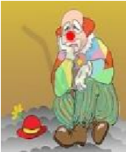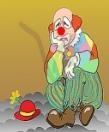Планирование для учителей начальных классов для открытого урока
Создайте Ваш сайт учителя Видеоуроки Олимпиады Вебинары для учителей
My face ;mouth.eyes.nose
Вы уже знаете о суперспособностях современного учителя?
Тратить минимум сил на подготовку и проведение уроков.
Быстро и объективно проверять знания учащихся.
Сделать изучение нового материала максимально понятным.
Избавить себя от подбора заданий и их проверки после уроков.
Наладить дисциплину на своих уроках.
Получить возможность работать творчески.
Просмотр содержимого документа
«My face ;mouth.eyes.nose»
Предмет: Английский язык
Категория: Планирование
Целевая
аудитория: 1 класс.
Урок соответствует ФГОС
Полезное для учителя
Распродажа видеоуроков!
1940 руб.
2770 руб.
2160 руб.
3080 руб.
1880 руб.
2690 руб.
1970 руб.
2820 руб.
ПОЛУЧИТЕ СВИДЕТЕЛЬСТВО МГНОВЕННО
* Свидетельство о публикации выдается БЕСПЛАТНО, СРАЗУ же после добавления Вами Вашей работы на сайт
Удобный поиск материалов для учителей
Проверка свидетельства
 -all the words are found and written without mistakes
-all the words are found and written without mistakes 





















